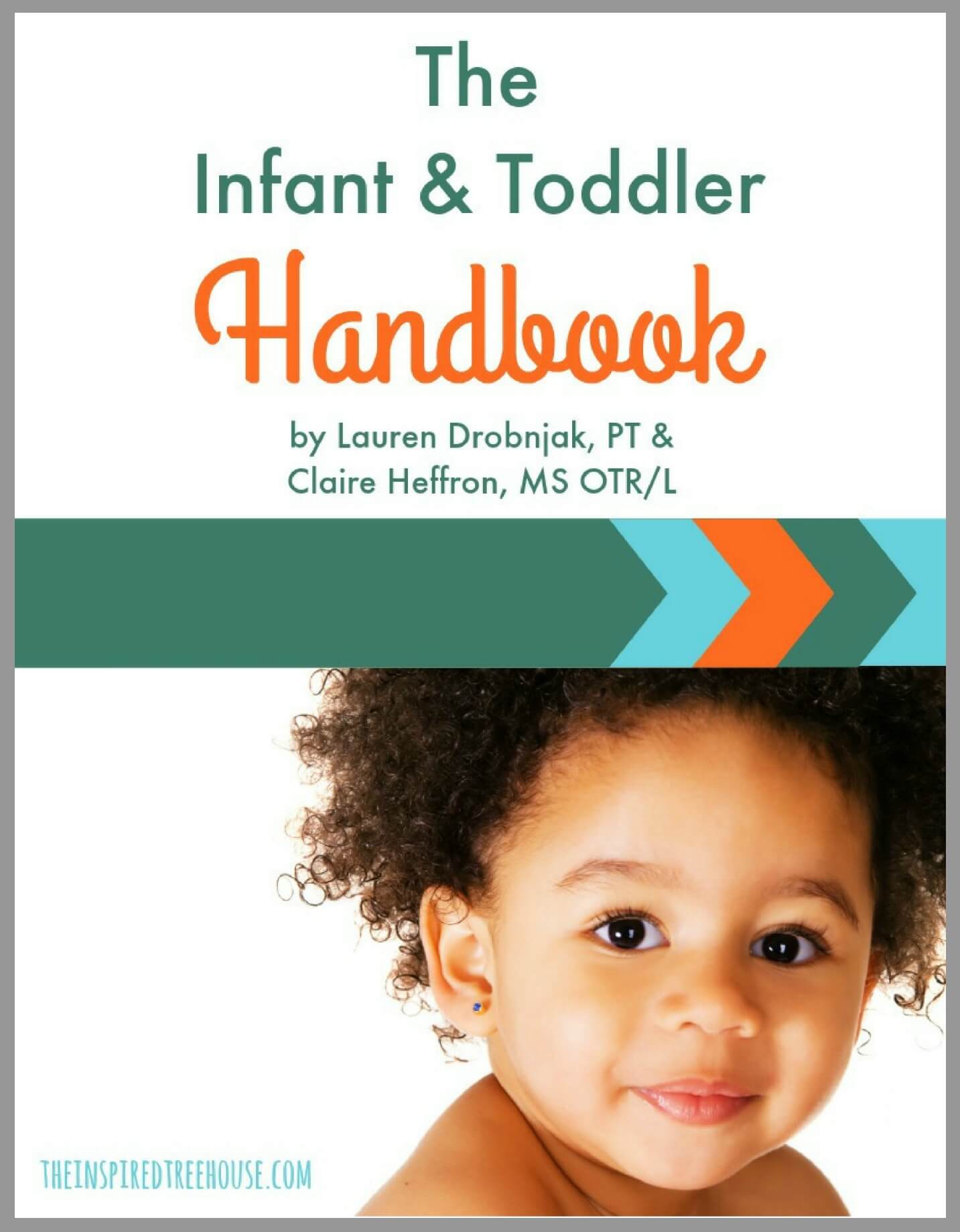Crawling and Risk Perception
As pediatric therapists, we educate parents on the importance of babies learning to crawl. We are aware of the developmental benefits of learning this skill for children. A recent research study discovered that crawling and risk perception are associated. It is a part of a longitudinal study on the effect locomotor experience has on infants’ avoidance of falling over sudden drop-offs.

Benefits of Crawling
When babies learn how to crawl, they are practicing so many skills that are beneficial to overall child development such as:
- weight bearing into their hands
- stability and stregnthening at the shoulders and hips
- core strengthening
- bilateral coordination skills – the right and left sides of the body move at different times along with the top and bottom (arms and legs)
- practice navigating their environment independently and safely
- AND this recent study indicates that crawling informed babies of the risk of a situation.
- weight bearing into their hands
- stability and stregnthening at the shoulders and hips
- core strengthening
- bilateral coordination skills – the right and left sides of the body move at different times along with the top and bottom (arms and legs)
- practice navigating their environment independently and safely
- AND this recent study indicates that crawling informed babies of the risk of a situation.

The Infant and Toddler Handbook
What Did the Researchers Discover About Crawling and Risk Perception?
In the study published in the Infancy journal, the behavior of 25 infants was analyzed using the Real Cliff / Water Cliff apparatus. This tests whether the infants will avoid a regular cliff or a pool of water. Infants were tested as experienced crawlers, novice walkers, and experienced walkers over a period of time.
If the infant was an experienced crawler, they avoided falling on both cliffs and their behavior was not different when tested as a beginner or experienced walkers. This indicated that the main difference between the babies that fell and those who avoided falling in the water was the amount of crawling experience the babies had regardless of whether they were already walkers.
The researchers concluded that a baby’s crawling experience helps with avoidance of falls from heights and into water. This perceptual learning skill of the babies to analyze their risk perception transferred from crawling to walking postures.
The lead author Dr Carolina Burnay, of the School of Physical Education, Sport and Exercise Sciences at University of Otago, states “Over-protecting babies by limiting their opportunities to self-locomote does not keep them safe, instead, it delays their development of the perception of risky situations.”
“Over-protecting babies by limiting their opportunities to self-locomote does not keep them safe, instead, it delays their development of the perception of risky situations.” – Dr. Carolina Burnay
Reference: University of Otago. “Crawling important step in development of risk perception.” ScienceDaily. ScienceDaily, 4 August 2021. <www.sciencedaily.com/releases/2021/08/210804123619.htm>.



